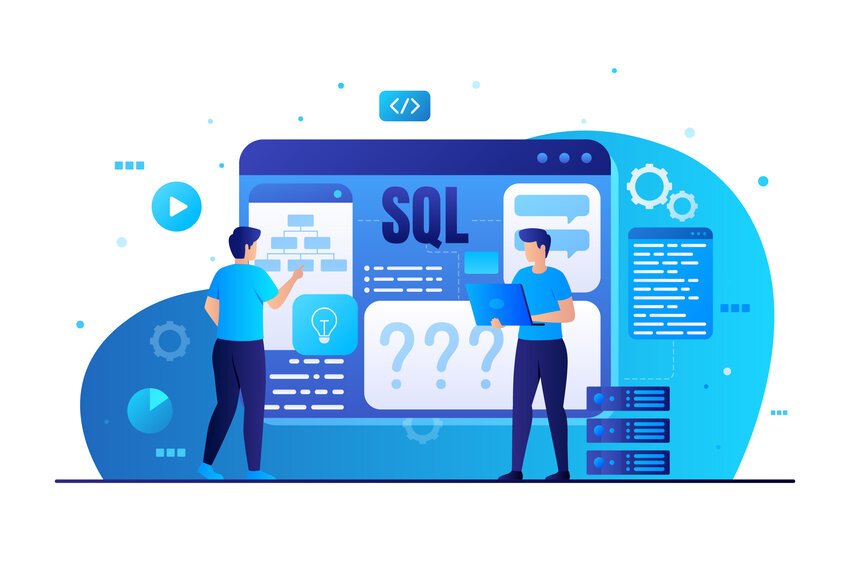The web development landscape is always changing. It is driven by advances in technology and the ever-changing needs of users. In this fast-changing world, picking the right framework is crucial. It’s key for building strong, scalable, and fast websites. Laravel is a popular PHP framework. Developers choose it because of its elegant syntax. It also has powerful features and a large ecosystem. This article explores the future of web development. It focuses on building strong Laravel websites. It shows the framework’s benefits. It also gives insights into new trends and best practices.
The Rise of Laravel in Web Development
Laravel started in 2011. It has gained wide popularity among developers for its simplicity, flexibility, and efficiency. Taylor Otwell created Laravel. It follows the Model-View-Controller (MVC) pattern. Laravel has tools. They simplify web tasks like routing, authentication, and caching. This framework helps developers to build good websites fast. It is a top choice for small projects and big businesses.
Key Advantages of Laravel Websites
- Elegant Syntax and Expressive Code
Laravel’s syntax is clean, elegant, and expressive. It makes it easy for developers to write and maintain code, speeding up development. This readability also reduces errors and helps new team members onboard.
- Comprehensive Ecosystem
Laravel has a big ecosystem, including tools like Laravel Forge, Laravel Envoyer, and Laravel Nova. These tools make deployment, server management, and administration easier, allowing developers to focus on building features and improving user experience.
- Built-In Authentication and Authorization
Laravel provides out-of-the-box authentication and authorization features. These features let developers quickly add secure user authentication and role-based access control, enhancing the security of Laravel websites and saving development time.
- Robust ORM with Eloquent
Eloquent is Laravel’s Object-Relational Mapping (ORM) system. It simplifies database interactions and lets developers work with databases using intuitive, expressive syntax. Eloquent supports advanced querying, relationships, and data modelling, making it easier to manage complex data.
- Efficient Routing and Middleware
Laravel’s routing system is flexible and simple. It lets developers define routes easily and manage complex URLs. Middleware filters HTTP requests. It adds security and features to Laravel websites.
- Scalability and Performance
Laravel is designed to scale and be fast. It can handle lots of traffic and data. The framework has features like caching, queue management, and database optimization. These help it perform well and scale and ensure that Laravel websites can grow with business needs.
Emerging Trends in Laravel Web Development
- API-First Development
Mobile apps have become more popular. They need to work well with other services. This need has made API-first development more popular. Laravel supports making RESTful APIs with tools like Laravel Passport and Laravel Sanctum. They let developers build strong APIs. Many clients, including web, mobile, and IoT devices, can use them.
- Serverless Computing
Serverless computing is gaining traction. It reduces infrastructure management and improves scalability. Serverless platforms like AWS Lambda allow developers to deploy Laravel functions. These functions automatically scale with demand. This approach allows for cheap and efficient server-side logic handling. It is useful for apps with varying workloads.
- Single Page Applications (SPAs)
Single-page applications (SPAs) provide a smoother user experience. They do this by loading a single HTML page and updating content as the user interacts. Laravel works well with front-end frameworks like Vue.js and React, making it easier to build SPAs with a rich, interactive experience.
- DevOps and Continuous Integration/Continuous Deployment (CI/CD)
Adopting DevOps practices and CI/CD pipelines is changing how web apps are made and deployed. Tools like Laravel Envoyer and GitHub Actions let developers automate testing, building, and deployment. They ensure that Laravel websites are delivered faster and with fewer errors.
- Microservices Architecture
Microservices architecture breaks down monolithic applications. It breaks them into smaller, independent services. These services can be developed, deployed, and scaled independently. Laravel has a modular design. It supports APIs. This makes it an excellent choice for building microservices-based applications. It enables greater flexibility and scalability.
Best Practices for Building Robust Laravel Websites
- Follow MVC Principles
Following the Model-View-Controller (MVC) pattern helps. It keeps a clear separation of concerns in your code. This approach improves code organization, readability, and maintainability.
- Use Version Control
Use Git to track changes. It helps you work with team members and manage code versions. Platforms like GitHub, GitLab, and Bitbucket provide extra tools and integrate with CI/CD pipelines.
- Implement Automated Testing
Automated testing is key. It ensures that Laravel websites are reliable and stable. Use PHPUnit and Laravel Dusk to write tests. The tests cover unit, integration, and end-to-end tests. They cover critical functionality and user interactions.
- Optimize Performance
Improve your Laravel website’s performance by adding caching, optimizing queries, and indexing the database. Use tools like Redis or Memcached for caching. Use Laravel Horizon for queues.
- Ensure Security
Security is paramount in web development. Follow Laravel’s security best practices. These include using encrypted environment variables. Also, securing routes and controllers. And using proper authentication and authorization mechanisms. Keep your Laravel framework and dependencies current to prevent security breaches.
- Leverage Laravel Packages
Laravel has an ecosystem with many packages. Users can extend the framework by using packages like Spatie for extra security, Laravel Excel for data export and import, and Laravel Debugbar for debugging and profiling.
- Document Your Code
Well-documented code is easier to maintain and understand. Use PHPDoc to annotate your code. Laravel’s built-in support for API documentation tools, such as Swagger, helps create detailed API documentation.
Conclusion
The future of web development is bright with Laravel. This is thanks to its powerful features, elegant syntax, and big ecosystem. Developers can use Laravel’s advantages. They can also stay on top of new trends and follow best practices. By doing so, they can build strong, scalable, and fast websites. These sites meet the needs of modern users. You might be building a small business website or a large-scale enterprise application. Laravel has the tools. It also has the flexibility to succeed in the ever-changing web development world. Laravel has continued to evolve. It also has strong community support. This is why it remains a top choice for developers. They want to create cutting-edge web applications.
Zainab Afzal is a senior SEO Consultant and Writer. She has 5+ years of experience in Digital Marketing. After completing his degree in BS computer science, she has worked with different IT companies.





